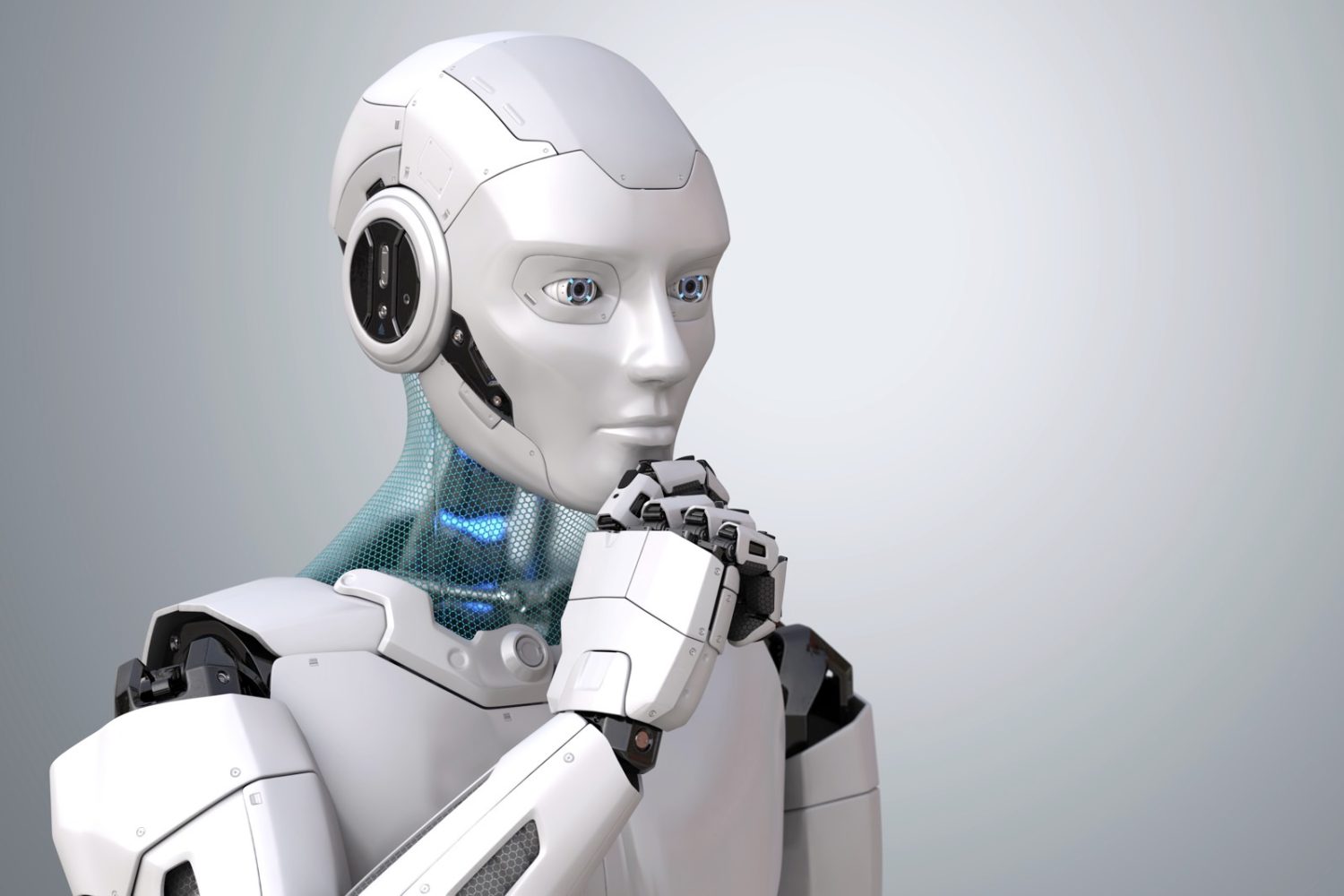This is the difference between how humans and AI ‘think’
Artificial intelligence has made significant advancements in mimicking human language and problem-solving abilities. However, new research suggests that there are still differences in how humans and AI 'think'. While AI excels in certain tasks, it struggles to replicate the complexity of human thought processes. This highlights the importance of understanding the unique capabilities of both humans and AI in various domains. The quest to bridge the gap between human cognition and AI capabilities continues to be a prominent area of research and development.

Artificial intelligence is getting better at mimicking human language, solving problems, and even passing exams. But according to new research, it still can’t replicate one of the most fundamental parts of human cognition—how humans think.
A Fundamental Difference in Cognition
A recent study published in Transactions on Machine Learning Research examined how well large language models, like OpenAI’s GPT-4, handle analogical reasoning. The results found that while humans had no trouble applying general rules to letter-based problems—such as spotting a repeated character and removing it—AI systems consistently missed the mark.
The researchers say the issue wasn’t that the AI lacked data. Instead, it was that it couldn’t generalize patterns beyond what it had already been taught. This exposes a key difference in how humans and AI think.
Humans are remarkably good at abstract reasoning. We can take a concept we’ve learned in one context and apply it in a completely new one. We understand nuance, adapt to unfamiliar rules, and build mental models of how things should work. AI, on the other hand, relies heavily on memorizing patterns from massive amounts of data. That helps it predict what comes next—but not why it comes next.
Implications for the Future of AI
The implications here are massive for the future of AI. In fields like law, medicine, and education—where analogy and contextual understanding are crucial—AI’s limitations could lead to errors with real consequences. The difference in how humans and AI think is just too great.
For example, a human might recognize that a new legal case closely mirrors an older precedent, even if the wording is different. However, an AI might miss that entirely if the phrasing doesn’t align with its training data. This could lead to huge issues with legal ramifications.
And this isn’t just a technical quirk. It’s ultimately a foundational divide. Yes, AI can simulate human responses. However, that’s not the same as thinking like a human. This is one reason AI will never be as good at creative writing as humans are, despite what OpenAI’s CEO might say. Plus, the more we rely on these systems, the more important it becomes to understand what they can’t do, especially if studies are right and we’re losing our critical thinking skills because of AI usage.
Challenges Ahead
OpenAI’s new o1-pro reasoning model might be the best on the market, but if it can’t think like a human, then it will never be able to replace humans. As the study’s authors put it, accuracy alone isn’t enough. We need to be asking tougher questions about how robust AI really is when the rules aren’t written down—and whether we’re ready for the consequences if it gets them wrong.
Image source: Kilito Chan/Getty Images
Don't Miss: Space gas stations are real: US Space Force readies plan to refuel satellites in orbit
The post This is the difference between how humans and AI ‘think’ appeared first on BGR.

